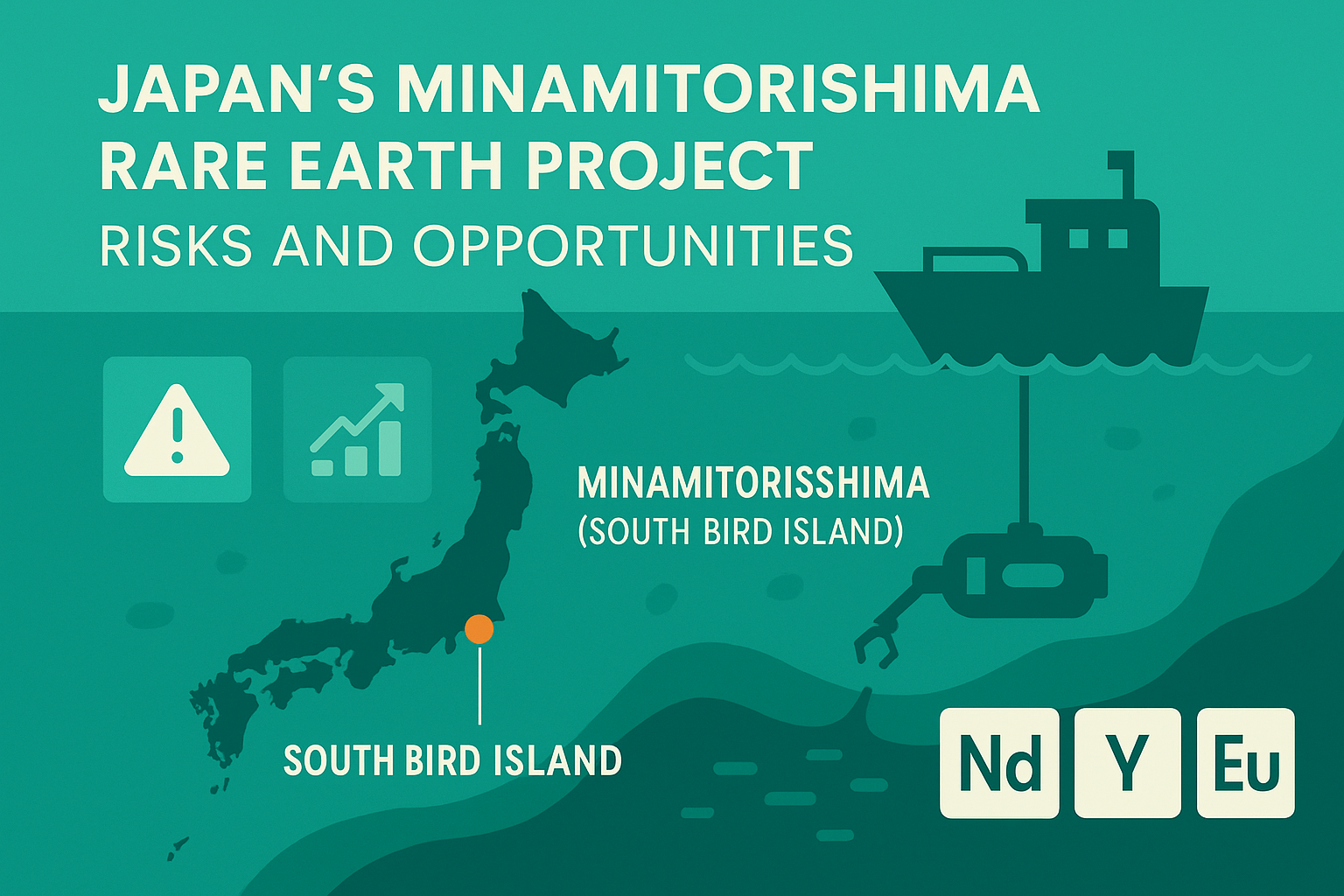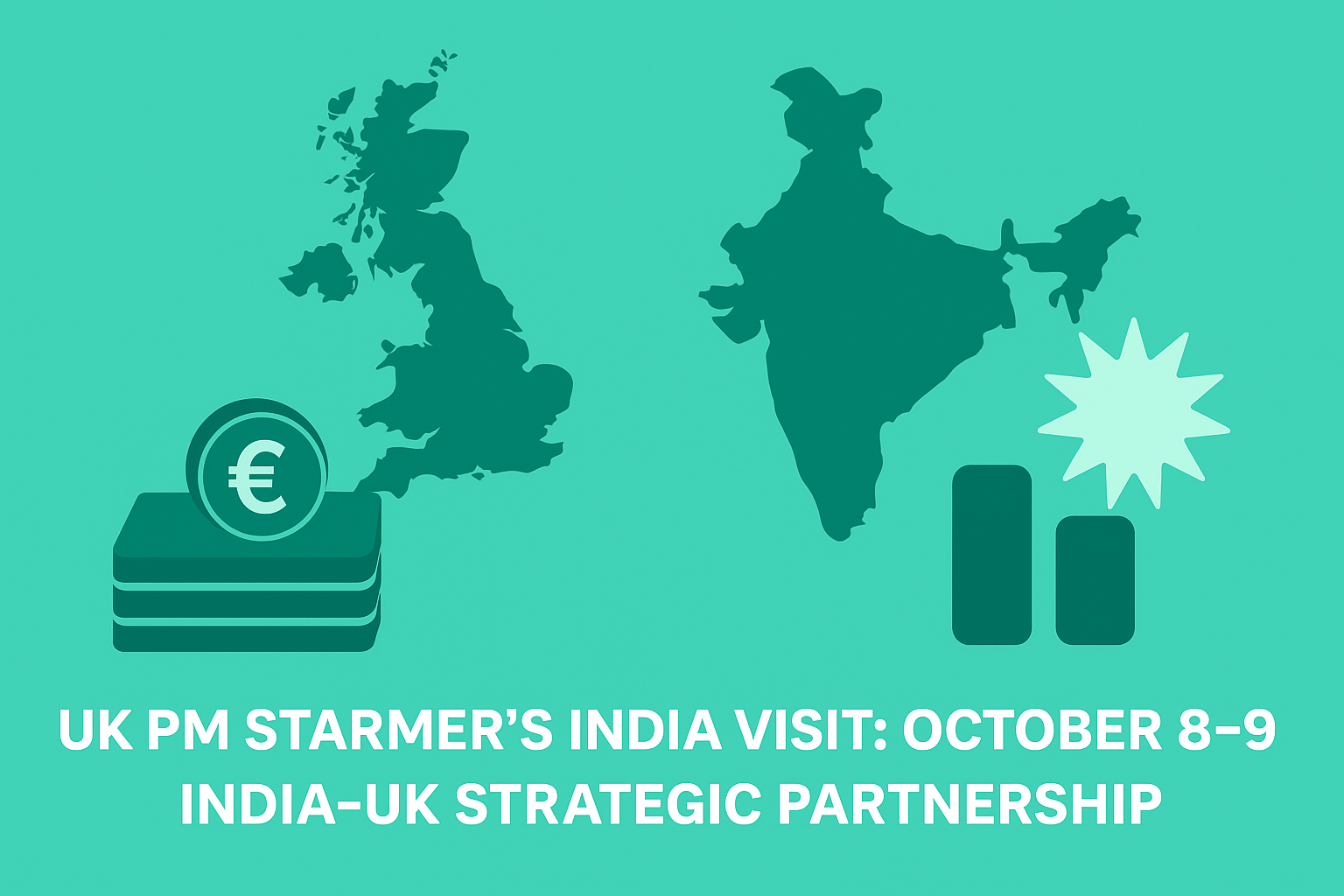Wrote By:Global Economist 2025/10
ntroduction
Rare earth elements (REEs) are indispensable for electric vehicles (EVs), wind turbines, semiconductors, and defense technologies. Global supply remains highly concentrated in China, pushing advanced economies to diversify and secure alternative sources. Within this context, Japan’s Minamitorishima Exclusive Economic Zone (EEZ) rare earth mud project stands out as the world’s first attempt at commercial-scale ultra-deep-sea extraction.
This report analyzes both the international risks and the business opportunities the project presents for Japan.
International Risks
Technological Risk
- Mining at depths of 5,000–6,000 meters is unprecedented, posing challenges in continuous mud lifting, pipeline clogging, and efficient separation processes.
- Without breakthrough efficiency, commercialization costs could exceed projections.
Environmental Risk
- Deep-sea ecosystems remain poorly understood, and NGOs warn of irreversible biodiversity loss.
- Heightened international scrutiny could damage Japan’s reputation if environmental safeguards are perceived as insufficient.
Geopolitical Risk
- China views Japan’s resource independence as a strategic threat and may intensify maritime surveys or diplomatic pressure.
- Disputes over EEZ rights or continental shelf extension could resurface, complicating project legitimacy.
Economic & Market Risk
- Rare earth prices are highly volatile, subject to Chinese export restrictions and potential dumping strategies.
- Sudden price shifts could undermine the viability of multi-billion-dollar investments.
Business Opportunities for Japan
Securing Resource Independence
- The project would significantly reduce dependence on China, stabilizing supply chains for EVs, wind energy, electronics, and defense.
- Combined with Japan’s rare earth stockpiling program, it would reinforce national supply security.
Technological Export & Global Standards
- Achieving the world’s first commercial deep-sea REE mining would position Japan to lead in setting “responsible deep-sea mining” standards.
- Technology licensing and joint development could strengthen Japan’s role as a critical supplier nation.
Creation of New Industrial Clusters
- Marine resource industries can stimulate a broad spectrum of fields: shipbuilding, precision machinery, AI-based monitoring, resource chemistry, and environmental engineering.
- Tokyo, Yokohama, and Ibaraki could emerge as hubs of a new marine resources industrial cluster.
International Expansion & Resource Diplomacy
- A successful model could be exported to other EEZs and international waters, offering Japan opportunities in consulting, equipment exports, and technology partnerships.
- Stronger cooperation with the U.S., Australia, and the EU would amplify Japan’s diplomatic leverage.
ESG Branding as a Clean Supplier
- Supplying EV and renewable energy industries with responsibly sourced rare earths would align with EU “green procurement” standards and U.S. defense supply requirements.
- This would elevate Japan’s reputation as a trusted, ESG-compliant resource provider.
Conclusion
The Minamitorishima rare earth mud project embodies both high risks and unparalleled opportunities. Internationally, it faces technological, environmental, geopolitical, and market uncertainties. Yet, for Japan, it offers the potential to achieve:
- National resource security for strategic industries.
- Leadership in global standard-setting for deep-sea mining.
- Creation of industrial clusters with wide economic spillovers.
- Resource diplomacy leverage through allied cooperation.
- ESG credibility as a clean and responsible supplier.
In essence, Minamitorishima is more than a mineral deposit: it is Japan’s strategic testbed to transform resource dependence into resource leadership in the 21st century.


